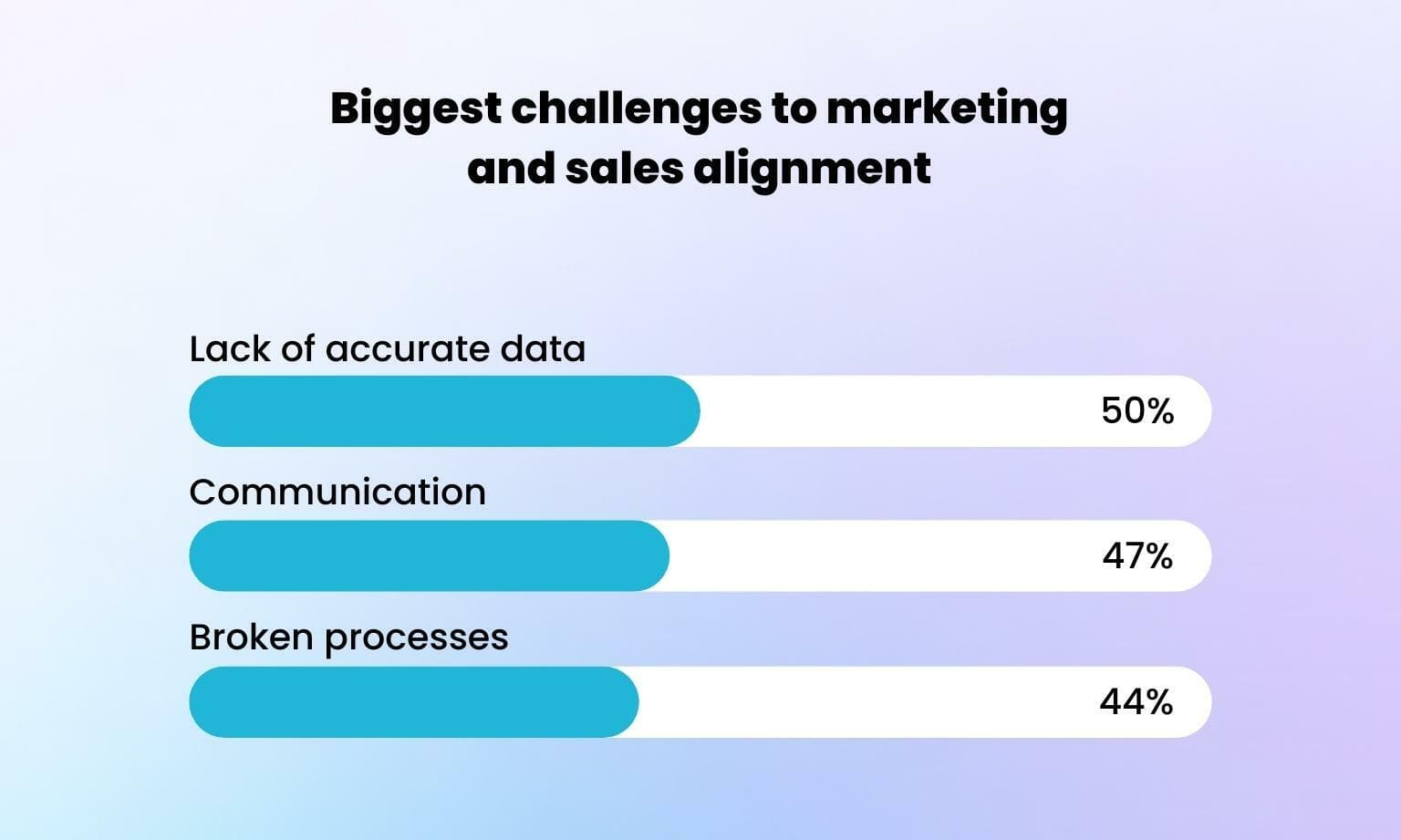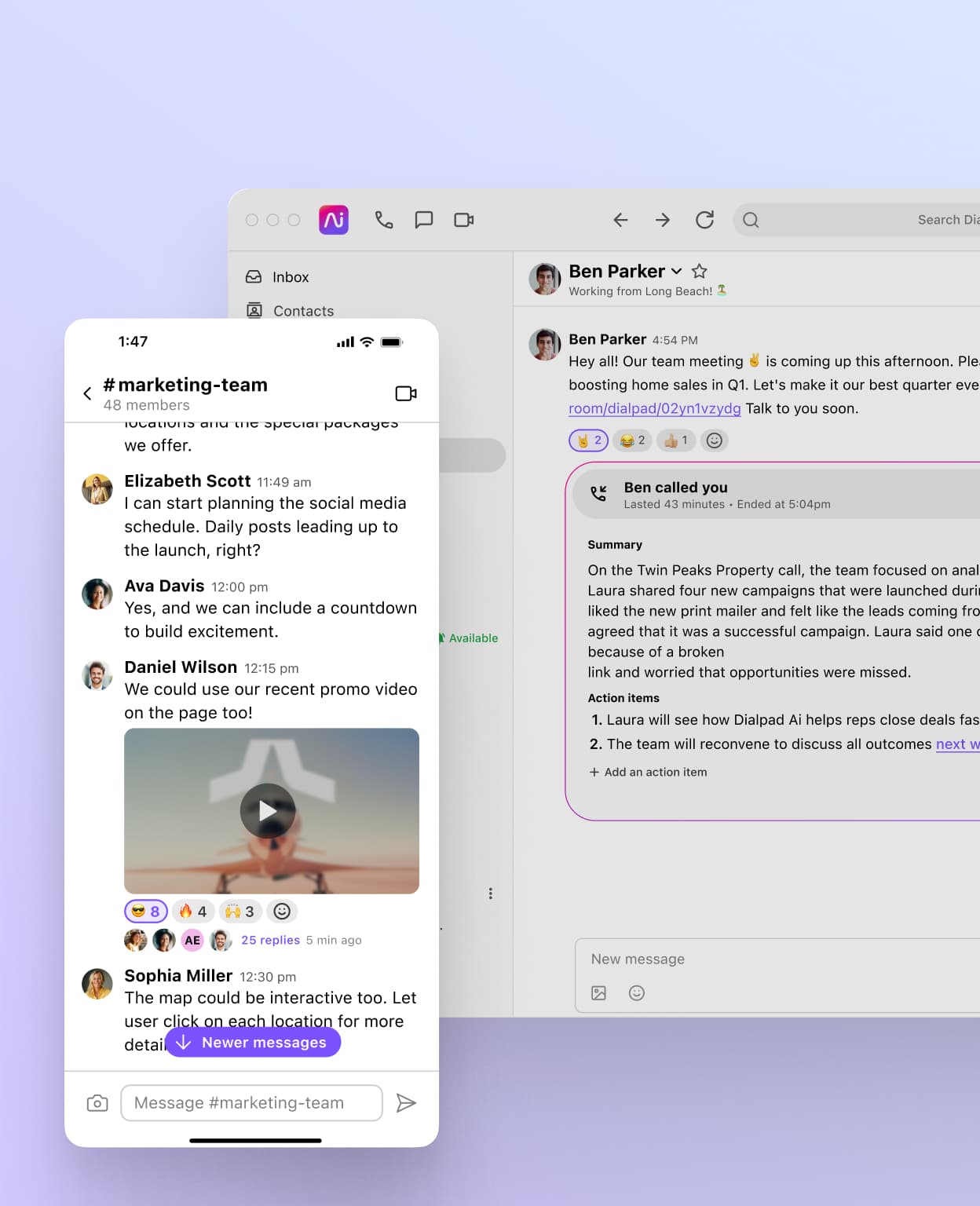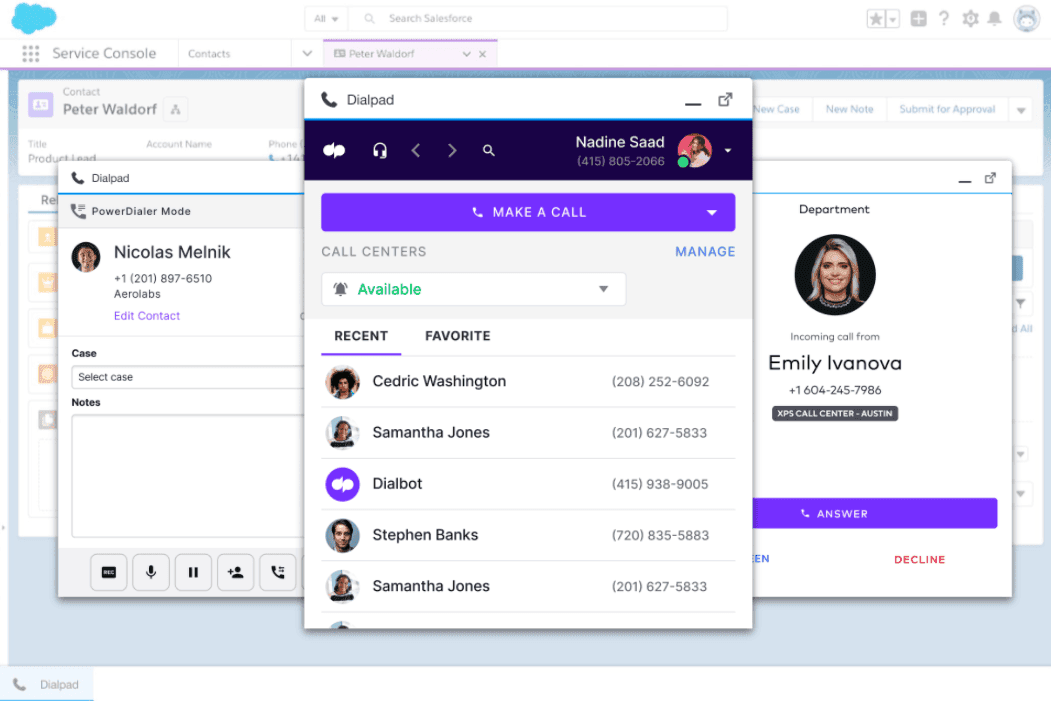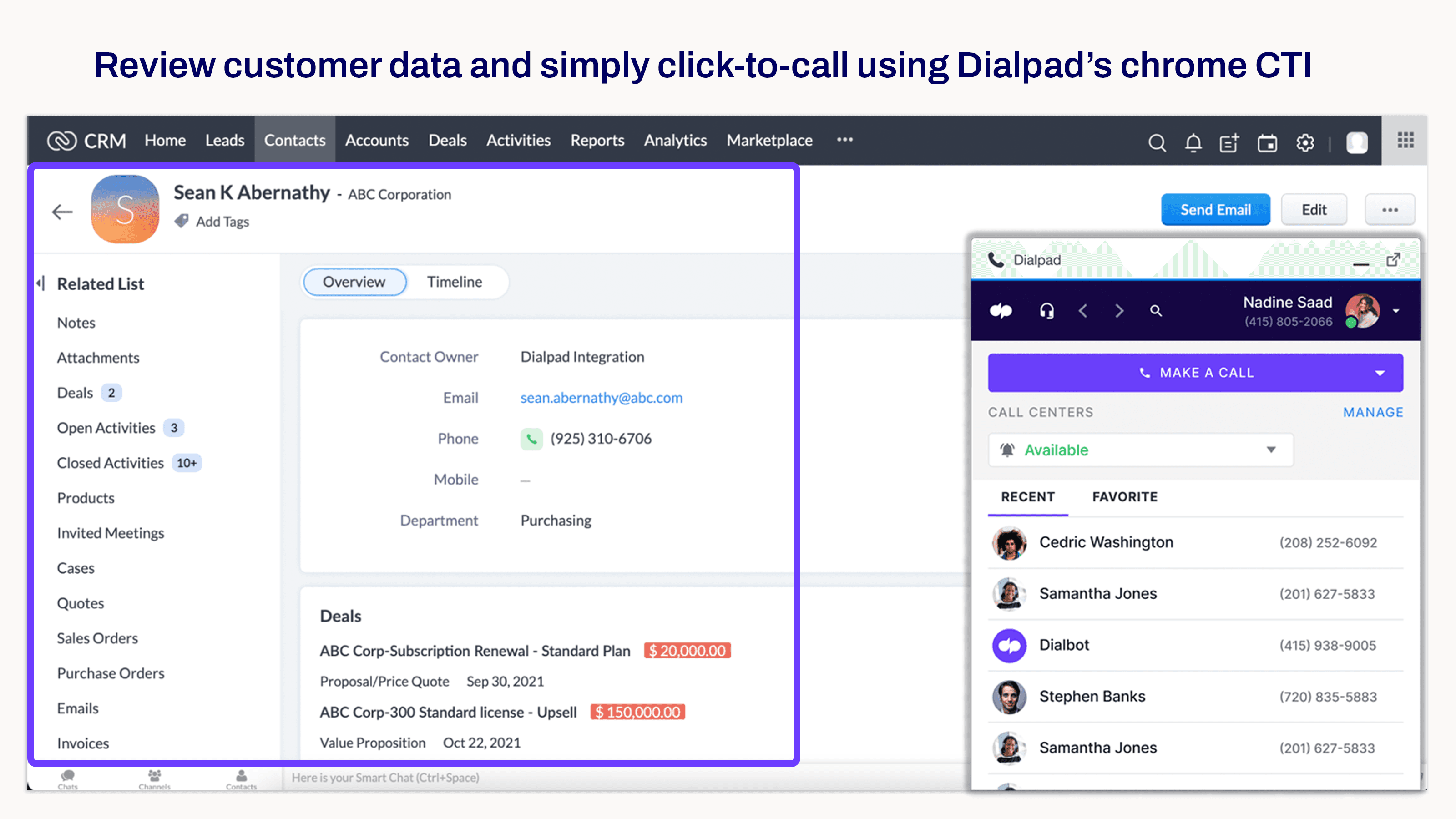Looking for sales and marketing alignment tips? The key is analytics

Content Marketing Lead

Tags
Share
Sales and marketing misalignment is costing businesses trillions of dollars in revenue. While the challenge isn't new, it has increased in recent years.
In fact,most B2B sales and marketing professionals now say there is misalignment between the two teams across their strategy (different workflow ideas, buying process steps, poor sales processes and sales cycle, unclear personas, bad content marketing strategy, etc.)

That's because the B2B buyer’s journey is no longer a straight, direct path. Instead, some prospects jump back and forth between sales and marketing departments — not just once but several times. When the messages or follow-ups from both sides aren't aligned, prospects notice and it degrades their trust in your brand. As a result, this “poor brand awareness” negatively impacts your marketing efforts, consumer perception, and revenue.
These pain points and sales mistakes that cause marketing and sales misalignment are one of the greatest challenges facing businesses today. The good news? The solution might be easier than you think.
The problem with sales and marketing misalignment
Traditionally, sales and marketing teams were separate, siloed teams. As the customer journey becomes less direct, there is continual overlap. For example, marketing might spend longer nurturing a lead to make sure it's the right fit, while sales may now spend more time educating leads — a step left to marketers in the past.
Still, marketing primarily focuses on implementing their marketing strategy and bringing prospects in, while sales reps are responsible for closing the deal. But, all too often, the two teams (marketers and salespeople) aren't working in sync.
When that happens, it results in lost opportunities and frustrations — but it also costs businesses money. According to Harvard Business Review, a lack of sales and marketing alignment costs US businesses $1 trillion annually.
Despite the disconnect, marketing and sales have the same end goal — to get more potential customers. However, when they look at different analytics data and measure different goals, it creates a gap between the sales and marketing processes — a gap even the most qualified prospects can fall through.
Rather than viewing sales and marketing as separate processes, businesses must begin to view them as two steps in the same process.
The solution? It lies in the data.
Ensuring both sales and marketing look at and leverage the same analytical data can close the gap and drive revenue growth like never before.
Why analytics is the solution to a misalignment
According to 400 B2B marketing and salespeople, the biggest challenges to marketing and sales alignment are:
Lack of accurate/complete data of target accounts (50%)
Communication (47%)
Broken/flawed processes (44%)

1. One of the most common challenges to marketing and sales alignment is communication
One of the most common challenges you can have from misalignment between sales and marketing is poor communication. This can lead to lost opportunities, poor customer service, bad case studies, low customer retention, and low sales.
Maybe sales and marketing teams don't have access to all the information they need, or maybe they're missing out on opportunities for collaboration. Also, they may not talk to each other efficiently and forget about important details that could help them be more productive.
Whatever the case may be, this kind of misalignment can cause problems that could easily be avoided if only there were better ways for them to communicate with each other.
For example, to overcome this challenge and improve communication and collaboration between sales and marketing teams, Dialpad can be one of the best options out there.
With Dialpad’s easy-to-use app, team members can call, message, hold video meetings, and support customers from anywhere in the world, helping to keep teams on the same page.

2. Sales and marketing misalignment lies in data
It's not hard to see what the biggest challenges have in common — it lies in the data. When teams measure different metrics, have inaccurate data, and can't share data accurately (or at all), it's not just your metrics that suffer. Your customers do, too.
For example, say sales and marketing teams use a lead generation tool, but work from different lead qualification metrics. Marketing is building content and campaigns targeting businesses with more than 500 employees in the B2B industry who want more qualified leads.
Sounds easy enough, right?
On the other hand, sales figured out that companies with more than 500 employees in the B2B sector and have a marketing team of 10 or more tend to close faster and spend more. So they are focusing on those leads.
The problem? Sales isn't sharing that shift in their lead scoring process, so marketing keeps sending them a ton of leads that don't fit their new lead qualifications.
The result? Sales is frustrated because they (think) they are getting too many low-quality leads, while marketing doesn't understand why revenue or the number of closes is dropping, even though they're sending more MQLs (marketing-qualified leads).
Even worse, prospects without large marketing teams are frustrated because they are reading content about how much this tool could help their business — but can't seem to get a hold of anyone for a demo.
This confusion could be easily avoided if both teams took the same approach to the data and communicated better.
3. Both teams have broken processes
Other times, sales and marketing have broken processes. For example, they track different metrics — which makes sense to a point. Marketing isn't closing deals directly, so they tend to focus on the number of leads or the number of clicks a paid ad gets (as a result, they are not using marketing tactics to think about leads and buyer personas as people, rather than just numbers).
Sales, on the other hand, has little to do with turning visitors into leads or building ads, so they focus on win rates and closed deals. (Of course, the exact point where sales joins the process can vary, but let's assume sales only takes over once leads are generated and expressed interest).
When sales and marketing are tracking completely different metrics, they can miss funnel leaks, have mismatched messaging, and fail to connect to prospects at the right time.
The solution? Sales and marketing team members need to get on the same page when it comes to analytics. That doesn't mean sales and marketing need to have the exact same KPIs — but it does mean they need to get on the same page about data.
Aligning analytics improves alignment between sales and marketing teams
People need to like data. They need to like gathering data, looking at data, and best of all, analyzing data. When companies silo their data (for example, between sales and marketing), they don't just lose deals — their entire business ends up out of sync.
Have you ever been in a car with one flat tire? Even though three tires might be working just fine, everyone in the car notices when one is flat. It doesn't just make one side of the car shake. It can pull the entire car in the wrong direction.
The same is true for sales and marketing misalignment — when one part of the process is off, it impacts your entire business and can pull you in the wrong direction. To align sales and marketing analytics, creating pipelines to replicate data from MySQL to data warehouses (e.g., BigQuery, Snowflake) ensures both teams access the same real-time data, enabling better collaboration and informed decision-making.
So, how do you fix it? Here are four areas where sales and marketing analytics need to be aligned — and that means looking at the same data and measuring the same way.
Lead scoring
Are both teams measuring leads the same way? It's important that they not only look at the same data but weigh factors in the same (or very similar) way.
Match success metrics
Sales and marketing teams often look at the sales funnel in very different ways. Both teams should have access to success metrics like total revenue, year-over-year growth, lifetime value, and conversion rates. In addition to paying attention to the same metrics, both teams should calculate metrics in similar ways.
Segmentation
How an audience is segmented is crucial to understanding the impact of sales and marketing efforts. Are both teams using the same (or at least similar) segmentation rules and metrics?
ROI
Sales and marketing might have different ROI indicators — which is okay up to a point. But both teams need to understand how the other team tracks ROI and what matters to them. This allows the teams to work in sync.
For example, marketing teams pay more attention to Return on Ad Spend (ROAS) for campaign optimization, meanwhile, sales teams care more about customer acquisition cost (CAC) to refine their sales strategy.
What kind of tech are we talking about?
The key to aligning sales and marketing through analytics is not to tear your entire tracking and analytics system down. (Thankfully!)
Instead, look for tools that offer the data both sales and marketing need or find tools that provide two-way integration, so sales and marketing have access to the same data in their own tools.
So, what kind of tools are we talking about? Here are three types of sales tools that can help to set up sales enablement processes and help sales and marketing align their analytics.
Reporting and analytics tools
Because B2B marketing and sales teams often look at different data, they often rely on different reporting and analytics tools. That makes alignment downright impossible in some cases. Rather than relying on completely separate tools, look for tools that offer what everyone needs to support their initiatives. (Or, at the very least, use two tools that integrate well.)
Sales and analytics tools to consider for sales and marketing alignment include:
Salesforce: A CRM (customer relationship management) and reporting tool with robust marketing tools and integration options. This allows the sales and marketing team to see the entire customer experience, analyze the impact, and see who has engaged with each prospect. Saleforce integrates with Dialpad so that you can sync your contact details and log your call activity and transcriptions. Your team can also make calls with Dialpad and take advantage of Dialpad Ai without leaving Salesforce:

HubSpot: A full-stack sales and marketing tool that tracks contacts through the sales funnel, increases sales productivity, and tracks outreach efforts. HubSpot also integrates with Dialpad.
Aviso: Integrated sales intelligence software powered by machine learning. Designed for sales, marketing, and customer success. This allows sales and marketing access the same data while providing tools that help both (marketing and sales teams) succeed.
Lead generation tools
Outbound lead generation tools need to do more than just find leads. To bring sales and marketing in alignment, they should offer both teams access to the data they need.
Many of these tools also integrate with CRMs, as well as reporting and marketing automation tools:
Leadfeeder: A website visitor tracking software that allows marketing and sales to see who visits the site and what pages they view, then identifies those leads and pushes data to other platforms, like Salesforce, and Pipeline. This way, both teams (sales and marketing) can access the same data in one place. It helps to align data sources and metrics.
Sales Navigator: LinkedIn's paid version is designed to help sales and marketing teams find, analyze, and identify top leads. It integrates with most other tools, making it easier for sales and marketing to stay on the same page.
Instapage: A landing page and conversion optimization tool that powers A/B testing, offers ad mapping, and makes collaboration easier.
CRMs
Are your sales and marketing teams using different CRMs? Rather than using one sales-focused and one marketing-focused CRM, consider switching to a platform that offers everything in one place.
Some of the top CRMs for sales and marketing alignment include:
Salesforce: It might have sales in the name, but this tool also offers plenty of marketing-focused features, ETL integrations, including an omnichannel customer view, deep insights, and marketing and sales automation features
Pipedrive: Serves as a central hub for customer interactions, data, and what stage they are in the pipeline. It also integrates with tons of other tools, including Leadfeeder, so everyone can access data in one place.
Zoho: Provides a unified source of data for sales and marketing. Features include lead and contact management, marketing campaign dashboards, and AI-backed sales predictions.Zoho CRM integrates with Dialpad so that you can easily make calls with Dialpad without leaving Zoho, while reaping the benefits of using Dialpad to help you automatically log your calls:

Analytics is the key to aligning sales and marketing—and driving revenue
The key to having aligned sales and marketing isn't more emails, sales calls, follow-ups, or even team potlucks. The key is ensuring both sales and marketing are looking at and relying on the same analytics. Each team has a slightly different perspective and focus, but when analytics are aligned, everyone is working from the same playbook.
Keep your sales and marketing teams aligned
Dialpad helps your teams stay on top of your conversations with your customers and across different teams. Book a demo to see how it works, or take an interactive tour of the app on your own first!
